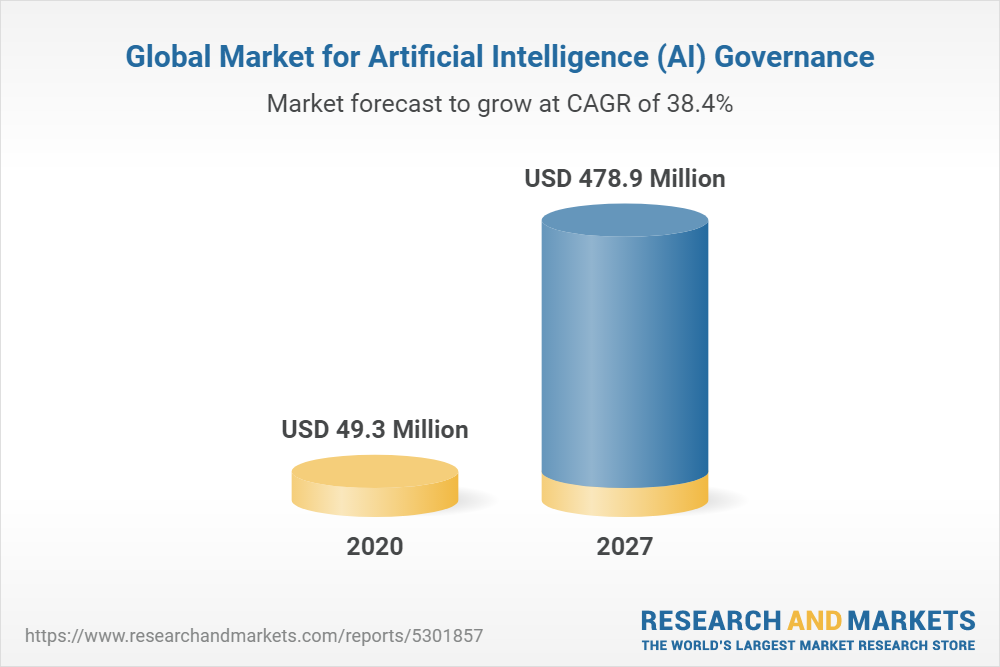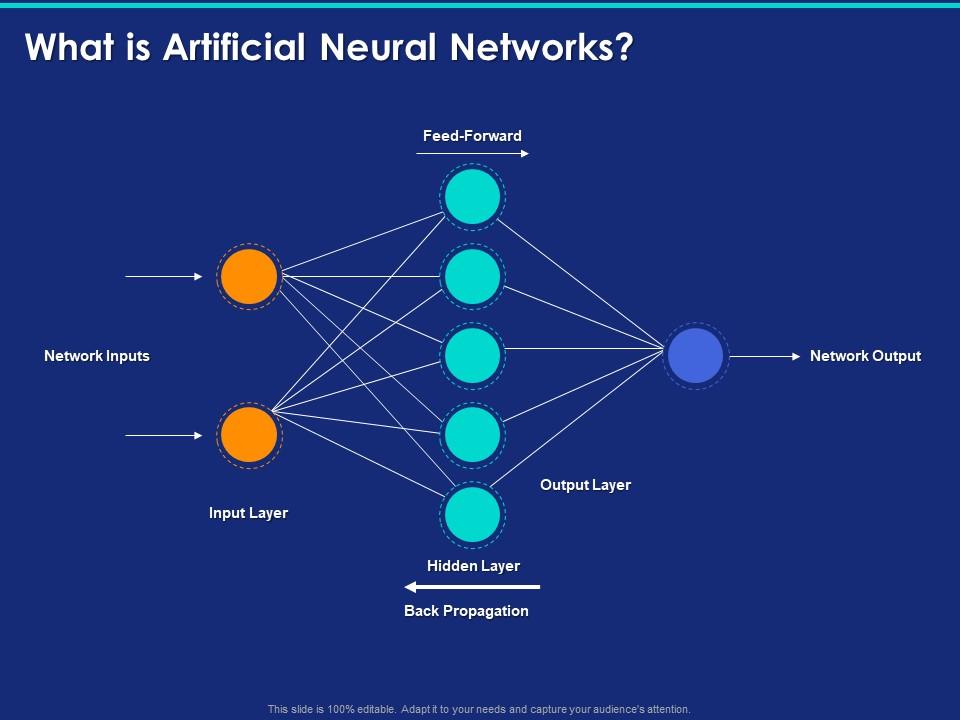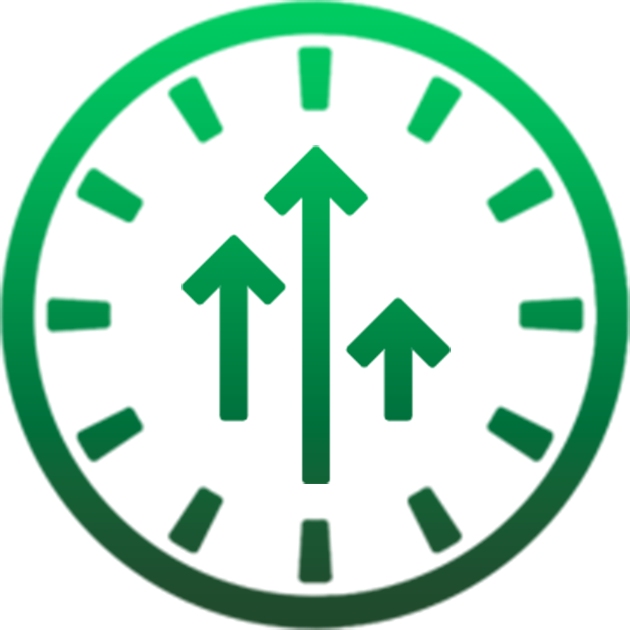
Recursive neuronets (RNNs), which are deep neural systems, are created by applying the exact same weights to inputs in a recursive way. These neural networks can predict the output of a data collection based upon the structure of the input. In addition to producing structured predictions, recursive neural networks can also learn to predict scalar values on input.
Structure
A recursive network of neural networks (RNN), is a type that works in a hierarchical tree-like manner. This type of network is very effective in natural speech processing. It can recognize the structure of a tree from its word embeddings as well as its inputs.
The recursive neural network framework captures the perceived structure of a problem and expresses this structure in graphical models. The recursive models uses patterns to encode information fragments. These fragments have to be identifiable and measurable. The patterns are also used to indicate the logical relationship between different information. These logical relationships vary depending on the application context. In decision-tree analysis for instance, the recursive system might interpret events to be co-occurrences.
Functions
Recursive neural networks are a type that use learning algorithms to predict output value. It can process discrete and real input values, as well as any type of hierarchical organization. It is also more powerful than the usual feedforward network. This article will cover the differences in a recursive and traditional neural network.

In a recursive neural network, each element of the network is characterized by a particular attribute. This attribute must have a measurement. The attributes of information fragments are encoded in patterns that are used during learning and recall. They also encode the relationships between the fragments. The context inwhich the network is used determines the nature of these relations.
Applications
Recursive networks of neural networks can be used for solving problems, such language processing. Recursive networks are able exploit the geometrical structure and information to provide significant gains in information content. A stochastic learning algorithm is used in recursive neural networks. This allows for a great tradeoff between computational effort, speed of convergence, and computational effort.
A recursive neural network performs analysis by memorizing the relationships between the data points. A sequence of data points is a set of data points that has a predetermined order. It is usually time-based but can also be based upon other criteria. A sequence of stocks market data might show variations in stock prices over a certain time. To predict future events, a similar tree-like hierarchy can be used by a recursive neuro network.
Backpropagation
Recursive neural networks use recursive application at each node of the same weights in their learning process. They are a class of neural network architecture and operate on directed acyclic graphs. RNNs serve the primary purpose of learning distributed representations of structure.
The Bayesian networks, which are an implementation of the idea of recovery, are the basic concept behind recursive network. The model is often illustrated in a block diagram that shows the unfolding process. It can be topological or geometric, depending on what problem is being solved.

Recovery
Recursive neural networks can be used for pattern recognition problems. It is highly structured and can understand deep structured information. It is computationally prohibitive, which has prevented widespread acceptance of this model. Although it is the most commonly used training method for the structure, back-propagation is notoriously slow at the convergence stage. This problem can be solved by more advanced training methods, which are also not inexpensive.
Recursive neural network framework attempts to understand the structure of the problem, and then present it in the form an graphical model. The recursive model labels information fragments in graphs and encodes the relationships between them. These logical relationships can be measured and are defined by specific attributes.
FAQ
Which countries are leading the AI market today and why?
China has more than $2B in annual revenue for Artificial Intelligence in 2018, and is leading the market. China's AI industry includes Baidu and Tencent Holdings Ltd. Tencent Holdings Ltd., Baidu Group Holding Ltd., Baidu Technology Inc., Huawei Technologies Co. Ltd. & Huawei Technologies Inc.
China's government is heavily involved in the development and deployment of AI. China has established several research centers to improve AI capabilities. The National Laboratory of Pattern Recognition is one of these centers. Another center is the State Key Lab of Virtual Reality Technology and Systems and the State Key Laboratory of Software Development Environment.
China is home to many of the biggest companies around the globe, such as Baidu, Tencent, Tencent, Baidu, and Xiaomi. All these companies are actively working on developing their own AI solutions.
India is another country making progress in the field of AI and related technologies. The government of India is currently focusing on the development of an AI ecosystem.
Who invented AI?
Alan Turing
Turing was first born in 1912. His father was a clergyman, and his mother was a nurse. At school, he excelled at mathematics but became depressed after being rejected by Cambridge University. He started playing chess and won numerous tournaments. After World War II, he was employed at Bletchley Park in Britain, where he cracked German codes.
He died on April 5, 1954.
John McCarthy
McCarthy was born 1928. Before joining MIT, he studied maths at Princeton University. The LISP programming language was developed there. He was credited with creating the foundations for modern AI in 1957.
He died in 2011.
Are there any AI-related risks?
You can be sure. There will always be. AI could pose a serious threat to society in general, according experts. Others believe that AI is beneficial and necessary for improving the quality of life.
AI's greatest threat is its potential for misuse. The potential for AI to become too powerful could result in dangerous outcomes. This includes autonomous weapons, robot overlords, and other AI-powered devices.
AI could eventually replace jobs. Many fear that AI will replace humans. Others believe that artificial intelligence may allow workers to concentrate on other aspects of the job.
Some economists believe that automation will increase productivity and decrease unemployment.
Is AI possible with any other technology?
Yes, but still not. Many technologies have been created to solve particular problems. All of them cannot match the speed or accuracy that AI offers.
How will AI affect your job?
AI will eventually eliminate certain jobs. This includes truck drivers, taxi drivers and cashiers.
AI will create new employment. This includes positions such as data scientists, project managers and product designers, as well as marketing specialists.
AI will make existing jobs much easier. This includes doctors, lawyers, accountants, teachers, nurses and engineers.
AI will make it easier to do the same job. This includes agents and sales reps, as well customer support representatives and call center agents.
Statistics
- That's as many of us that have been in that AI space would say, it's about 70 or 80 percent of the work. (finra.org)
- Additionally, keeping in mind the current crisis, the AI is designed in a manner where it reduces the carbon footprint by 20-40%. (analyticsinsight.net)
- A 2021 Pew Research survey revealed that 37 percent of respondents who are more concerned than excited about AI had concerns including job loss, privacy, and AI's potential to “surpass human skills.” (builtin.com)
- According to the company's website, more than 800 financial firms use AlphaSense, including some Fortune 500 corporations. (builtin.com)
- By using BrainBox AI, commercial buildings can reduce total energy costs by 25% and improves occupant comfort by 60%. (analyticsinsight.net)
External Links
How To
How do I start using AI?
An algorithm that learns from its errors is one way to use artificial intelligence. This allows you to learn from your mistakes and improve your future decisions.
For example, if you're writing a text message, you could add a feature where the system suggests words to complete a sentence. It would take information from your previous messages and suggest similar phrases to you.
To make sure that the system understands what you want it to write, you will need to first train it.
Chatbots can also be created for answering your questions. If you ask the bot, "What hour does my flight depart?" The bot will reply, "the next one leaves at 8 am".
Take a look at this guide to learn how to start machine learning.